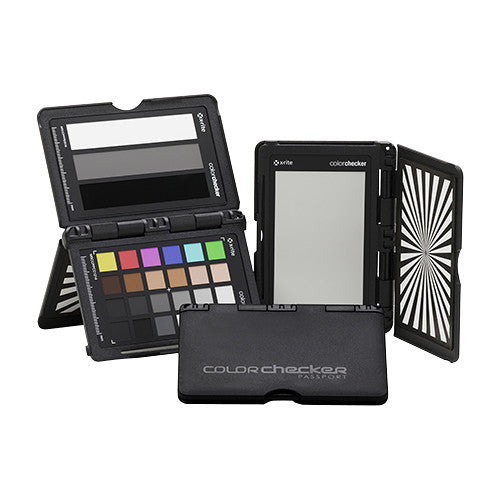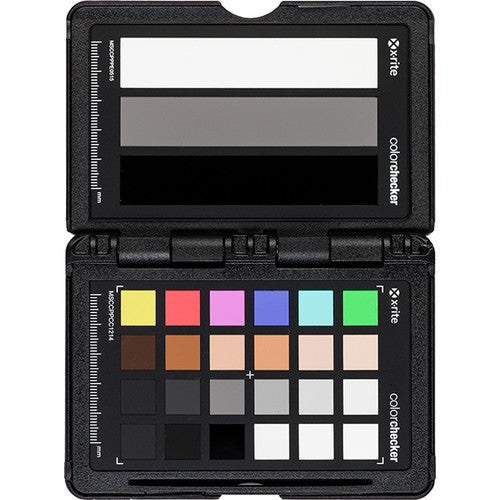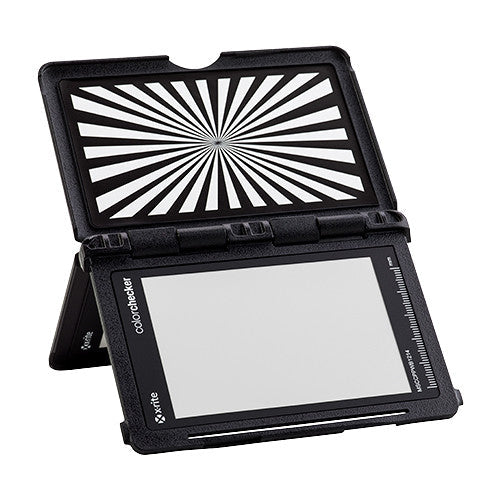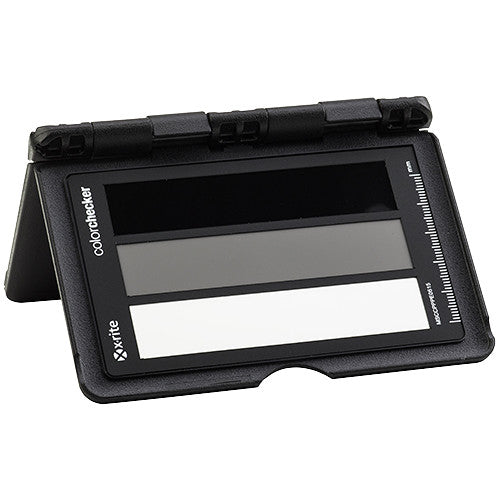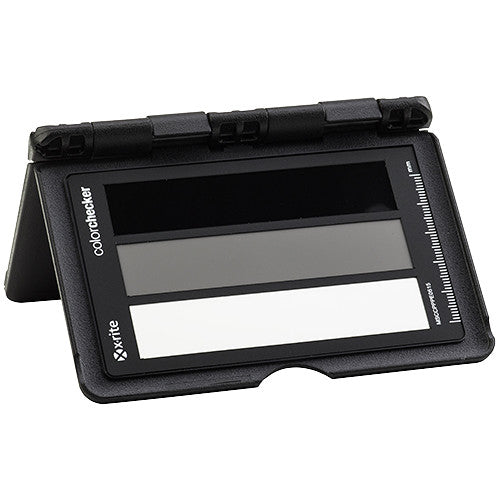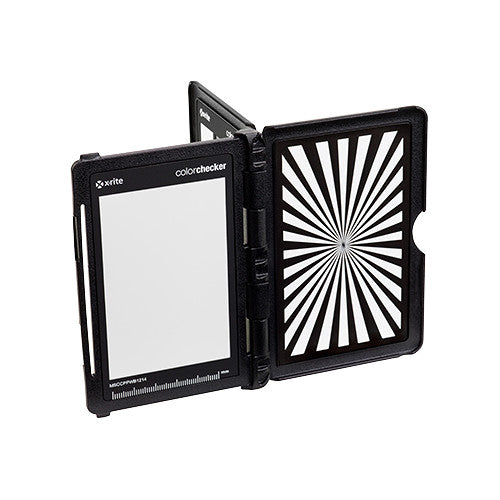X-RITE | SKU:
PVMS7390
X-Rite ColorChecker Passport Video
Rs. 8,999.00
Unit price
/
Unavailable
X-Rite ColorChecker Passport Video is backordered and will ship as soon as it is back in stock.
Offers
Offers
- Get GST invoice and save up to 28% on business purchases.
- EMI option available.
Delivery and Shipping
Delivery and Shipping
USUALLY SHIPS IN 24 HOURS
Pickup
Pickup
Pickup also available at PhotoVatika Head Office.
Usually ready in 4 hours.
Bringing control and consistency to your workflow can be a creative boon, and the X-Rite ColorChecker Passport Video provides you with tools that allow you achieve more consistent results, quicker, and with more ease. Designed for the professional, non-professionals can also benefit from using this tool with their editing and color correction applications. The pocket-sized hard case is easily carried with you, contains all four test charts, and protects the charts from dirt and fading when not in use.
The three included color calibration targets and focus target provide a wide range of options for use on your shoot. The focus target can be used to check your lens's calibration, and you can use it to set your focus on your subject. The white balance card aids you in manually setting your camera's white balance in changing environments. The grayscale card and color chip chart provide you with references for color balancing your footage in post, whether trying to intercut two different cameras together or adjust to different lighting set ups.
Video Chip Target
The chip chart has been simplified and redesigned to be more meaningful. The grayscale chips run vertically, which matches a waveform monitor's display much better than a horizontal scale does. Further, the chromatic and skin tone chips match the video spectrum, and display neatly on a vectorscope. A description of the columns on the chip chart follows:
Chromatic Row - Yellow, Red, Magenta, Blue, Cyan, Green
Range of skin tones from dark to light and different undertones
Linear Grayscale steps for even gray balance, with extra steps close to the highlight and shadow regions
Highlight and Shadow grays including a high gloss black to ensure it is dark enough to capture the range of a digital Camera
White Balance Target
Creating in-camera white balance helps to start at a neutral point for all images you capture. Balancing your footage to a consistent color balance makes editing go smoother, and is less jarring when cutting from one shot to the next. The consistent color balance can also speed up color correction, and with the increased speed and ease, you may find yourself with more time and energy to explore creative color choices.
Grayscale Target
The three panels of the grayscale target are white, 40 IRE gray, and black. These targets can be used to align the exposure and contrast of cameras you may be matching on set, and can help ensure that mid-tones, such as flesh tones, are rendered accurately. The combination of the white, gray, and black patches allow you to evaluate your exposure to prevent your highlights from clipping, while protecting your shadow detail, and 40 IRE provides a good standard to compare your exposure on faces to.
Focus Target
The focus target can be used to confirm / adjust your lens's flange focus / back focus distance. You can also use it to shoot focus test and compare your different lenses sharpness to each other.
The three included color calibration targets and focus target provide a wide range of options for use on your shoot. The focus target can be used to check your lens's calibration, and you can use it to set your focus on your subject. The white balance card aids you in manually setting your camera's white balance in changing environments. The grayscale card and color chip chart provide you with references for color balancing your footage in post, whether trying to intercut two different cameras together or adjust to different lighting set ups.
Video Chip Target
The chip chart has been simplified and redesigned to be more meaningful. The grayscale chips run vertically, which matches a waveform monitor's display much better than a horizontal scale does. Further, the chromatic and skin tone chips match the video spectrum, and display neatly on a vectorscope. A description of the columns on the chip chart follows:
Chromatic Row - Yellow, Red, Magenta, Blue, Cyan, Green
Range of skin tones from dark to light and different undertones
Linear Grayscale steps for even gray balance, with extra steps close to the highlight and shadow regions
Highlight and Shadow grays including a high gloss black to ensure it is dark enough to capture the range of a digital Camera
White Balance Target
Creating in-camera white balance helps to start at a neutral point for all images you capture. Balancing your footage to a consistent color balance makes editing go smoother, and is less jarring when cutting from one shot to the next. The consistent color balance can also speed up color correction, and with the increased speed and ease, you may find yourself with more time and energy to explore creative color choices.
Grayscale Target
The three panels of the grayscale target are white, 40 IRE gray, and black. These targets can be used to align the exposure and contrast of cameras you may be matching on set, and can help ensure that mid-tones, such as flesh tones, are rendered accurately. The combination of the white, gray, and black patches allow you to evaluate your exposure to prevent your highlights from clipping, while protecting your shadow detail, and 40 IRE provides a good standard to compare your exposure on faces to.
Focus Target
The focus target can be used to confirm / adjust your lens's flange focus / back focus distance. You can also use it to shoot focus test and compare your different lenses sharpness to each other.
Payment & Security
Payment methods
Your payment information is processed securely. We do not store credit card details nor have access to your credit card information.


